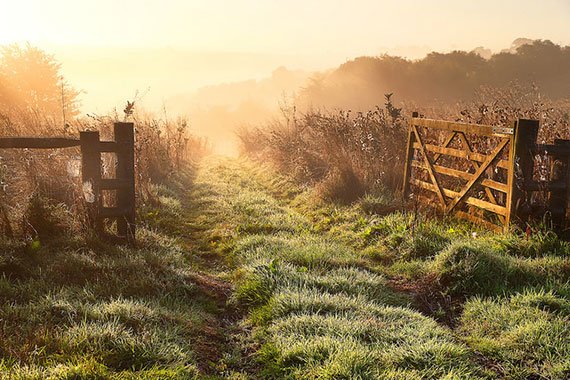Jul 2, 2024
How to Use Natural Light in Photography
Understanding how to use natural light in photography can dramatically improve your photos. Natural light is a powerful tool that, when used correctly, can add depth, emotion, and a sense of realism to your images. Whether you’re a beginner or a seasoned photographer, mastering natural light will enhance your skills and elevate your work.
The Magic of Golden Hour
One of the best times to use natural light in photography is during the golden hour. This period occurs shortly after sunrise and just before sunset when the sun is low in the sky. The light during golden hour is soft, warm, and diffused, creating beautiful, flattering tones for your subjects. To make the most of this time, plan your shoots accordingly and be ready to capture the perfect light.

Position Your Subject
Positioning your subject relative to the light source is crucial. When using natural light in photography, consider the direction and intensity of the light. For a soft, even illumination, position your subject with the light coming from the side or slightly behind them. This technique, known as backlighting, can create a beautiful halo effect around your subject, adding depth and dimension to your photos.
Use Reflectors
Reflectors are an excellent tool for enhancing natural light in photography. They help bounce light onto your subject, reducing harsh shadows and adding a pleasing glow. You can use a professional reflector or a simple piece of white cardboard or foil. Experiment with different angles and distances to find the best effect for your shot.
Find Open Shade
Direct sunlight can be harsh and unflattering, especially during midday. Instead, look for open shade, which provides soft, diffused light that’s ideal for portraits and close-ups. Trees, buildings, or even a large umbrella can create open shade. This type of light is perfect for maintaining detail and avoiding overexposed highlights or deep shadows.
Embrace Window Light
Window light is a fantastic source of natural light in photography, particularly for indoor shoots. Position your subject near a window to take advantage of the soft, directional light it provides. You can control the intensity by adjusting the distance between your subject and the window or using sheer curtains to diffuse the light further. This setup is great for portraits, still life, and product photography.
Understand Light Temperature
Different times of day and weather conditions can affect the color temperature of natural light in photography. Early morning and late afternoon light tends to be warmer, while midday light is cooler and more neutral. Overcast days provide soft, even light, reducing shadows and highlights. Understanding these variations helps you choose the best time and conditions for your shoots, achieving the desired mood and effect in your photos.
Play with Shadows
Shadows can add a creative and dramatic touch to your images. When using natural light in photography, don’t shy away from shadows; instead, use them to your advantage. Experiment with different angles to see how shadows fall on your subject and create interesting patterns. Shadows can add depth, contrast, and a sense of mystery to your photos, making them more compelling.
Adjust Your Camera Settings
To make the most of natural light in photography, you need to adjust your camera settings accordingly. Use a lower ISO to maintain image quality and reduce noise. Adjust the aperture to control the depth of field and the amount of light entering the camera. Shutter speed is also crucial; a slower speed can create motion blur, while a faster speed will freeze action. Experiment with these settings to find the perfect balance for your lighting conditions.
Capture Different Moods
Natural light in photography can help you capture a wide range of moods and emotions. The soft, warm light of the golden hour can create a romantic and nostalgic feel, while the stark, directional light of midday can add drama and intensity. By understanding how different types of natural light affect your images, you can use them to convey the desired mood and tell a more compelling story.
Conclusion
Using natural light in photography is an art that requires practice and experimentation. By understanding the nuances of golden hour, positioning your subject effectively, and utilizing tools like reflectors and window light, you can create stunning images that capture the essence of your subjects. Embrace the variations in light temperature, play with shadows, and adjust your camera settings to master the use of natural light. With these tips, you’ll be well on your way to elevating your photography and capturing breathtaking, natural-light images.
More Details